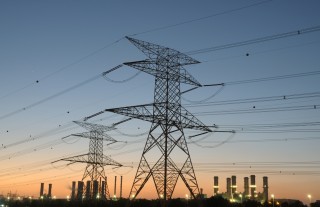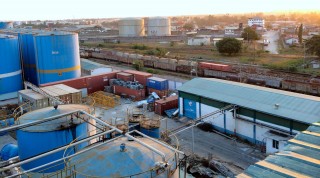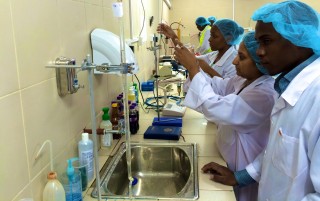Since the new decade began, the global market has experienced unprecedented setbacks. First was the COVID-19 (coronavirus) pandemic outbreak, which trailed the heels of a fresh oil-price war in 2020. Just when economies were beginning to recover from the impacts of the virus outbreak, the Russian-Ukraine war broke out.
The impact of the ongoing war in Europe is similar to that of the COVID-19 pandemic. Like the pandemic, critical sectors such as crude oil, base metal, and agriculture have suffered its impact. The onslaught has shrunk the global resources and the commodities market, messing up the demand and supply curves. The battle remains the biggest risk to oil and gas prices. Although emerging markets feel the impact, Europe is the hardest hit.
While all accusing eyes stay fixated on Russia and little backward glances revisit COVID-19 scars, less attention is paid to the power drought ravaging President Cyril Ramaphosa’s South Africa (SA).
South Africa is Africa’s most industrialised economy. Its inflation hit a new record high of 7.8% year-on-year in July 2022, the highest in 13 years. The inflation is driven mainly by rising electricity, food, and transport costs. The constant power cuts have crippled economic activities in the country- especially in the mining sector.
The mining industry is an important and one of the top sectors of SA’s economy. In 2021, it contributed an added value of approximately R219.5 billion (about $12.8 billion) to the national GDP, employing a total of 458,954 people. The platinum group metal (PGM) mines accounted for the largest share of overall mining employment in the year under review. But lately, power cuts have resulted in bad business for the PGM sector as companies record a drop in stock prices. This is where it concerns you.
The energy crisis in South Africa began (actively) in 2007 with different levels of power cuts after Eskom, its coal-fired national grid operator, experienced recurrent breakdowns in its generating capacity. That made it struggle to deliver electricity. Blackouts have hindered production and crippled businesses in the country- particularly the mining sector. Although the industry experienced COVID shocks, power cuts keep making it difficult to increase outputs.
Here is how the power cuts affects you
South Africa is the topmost PGM producer globally. Whilst most mining facilities in the country have independent power-generating plants, they heavily depend on the national grid to power and run their mines effectively. Extended power cuts will continue to limit the global output of PGM and cause an increase in the prices of commodities within its value chain.
Platinum group metals (PGMs) are versatile metals that play significant functions in many products that fuel our daily lifestyles. It is a family of six structurally and chemically similar elements, most valued for their wide range of industrial, medical, and electronic applications. They include platinum, Palladium, Osmium, iridium, ruthenium and rhodium.
Platinum
Platinum compounds can be found in jewellery, silicon cure, computer hard disks, thermocouples, optical fibres and LCDs, turbine blades, spark plugs, pacemakers, dental fillings and essential chemotherapy drugs. Also, Platinum silicone is the highest possible grade used to produce baby bottle nipples, lunch boxes, baby plates and surgery materials.
Palladium
According to Investopedia, palladium is used in automobiles’ catalytic converters- which helps to convert the toxic gases from vehicles into less harmful substances. It is also used in fuel cells to generate power, in jewellery, dental fillings, and electronic components.
Osmium
This PGM compound helps to produce very hard alloys for fountain pen tips, instrument pivots, needles and electrical contacts. Also, it is a catalyst in chemicals.
Iridium
Its primary use is as a hardening agent for platinum. Other uses include fountain-pen nibs (alloyed with osmium), compass bearings, high-temperature crucibles and heavy-duty electrical contacts. This metal is used to produce iridium satellite phones that keep you connected via voice calls in remote places where terrestrial, including GSM, communications are not available.
Ruthenium
According to the Royal Society of Chemistry (RSC), ruthenium compounds are found in solar cells as they convert solar energy into electricity. “Ruthenium is one of the most effective hardeners for platinum and palladium and is alloyed with these metals to make electrical contacts for severe wear resistance,” it wrote. It is ideally used to provide some striking finishes to silver jewellery.
Rhodium
Rhodium is a precious, silver-white metal, with a high reflectivity for light. “The major use of rhodium is in catalytic converters for cars (80%),” wrote the RSC. It reduces nitrogen oxides in exhaust gases. Rhodium is a catalyst for making nitric acid, acetic acid and hydrogenation reactions.








